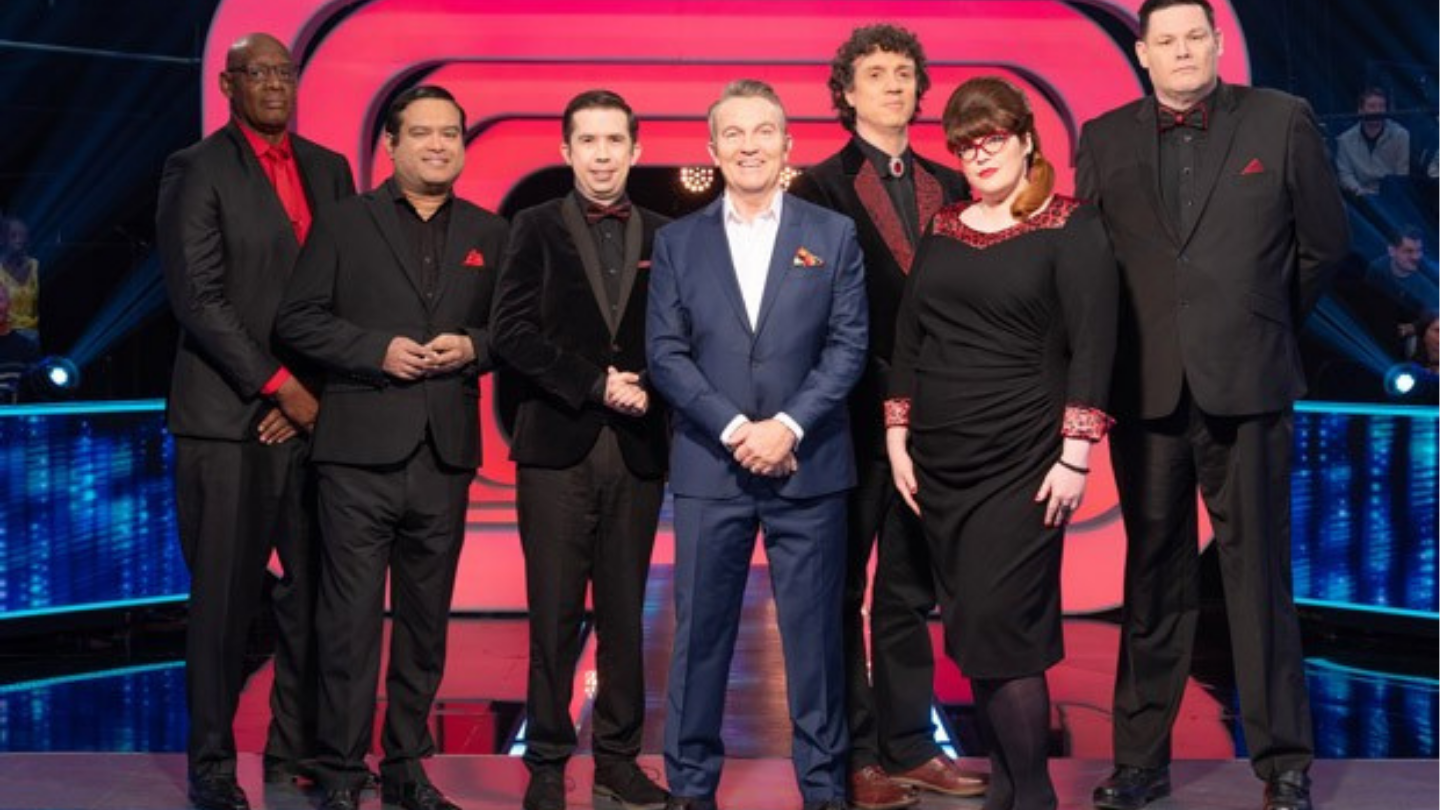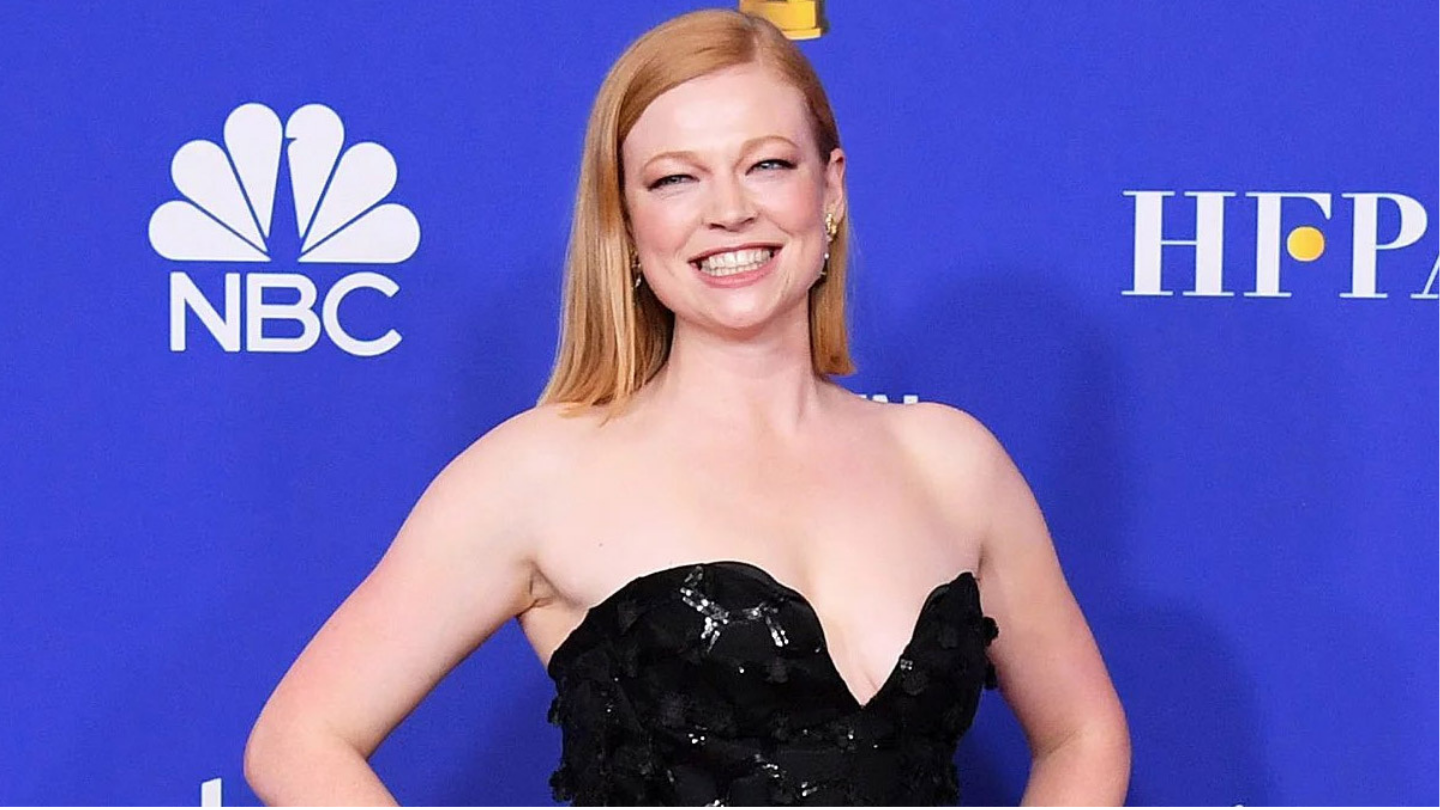Review of Kho Gaye Hum Kahan: Arjun Varain Singh’s coming-of-age tale about the internet age features Ananya Panday, Adarsh Gourav, and Siddhant Chaturvedi.
There’s a line in Kho Gaye Hum Kahan that has just stayed with me:
“You feel more connected to people around you thanks to social media, but in reality, you’ve never felt more alone than you do right now.” The film, directed by Arjun Varain Singh, is a masterful representation of the times we live in, but it also serves as a sobering reminder of the ostentatious lives many people lead behind fancy social media pages that include photos of them enjoying life to the fullest. After the movie is over, it stays with you and forces you to think critically without becoming overly didactic. In light of the current digital era and the fixation on social media, Kho Gaye Hum Kahan is a timely and pertinent movie.

The storyline
In addition to being best friends, Ahana Singh (Ananya Panday) and Imaad Ali (Siddhant Chaturvedi) also live together. Imad likes to joke that they’re in a spaceship because they give each other enough room to live in separate rooms. Neil Pereira (Adarsh Gourav), the third member of the group and their best buddy, works as a gym trainer with plans to launch a chain of fitness facilities.
Ahana is devastated when her boyfriend Rohan Bhatia (Rohan Gurbaxani) abruptly leaves her because he “needs a break.” She uses reverse psychology to appear as though she has moved on by sharing her joyful photos on Instagram, but in reality she is still watching her former partner, his whereabouts, and the new users he is connecting with or following.
In the meantime, stand-up comic Imaad enjoys making his audiences laugh by using the problems in his friends’ lives as fodder for his jokes. When he’s not performing comedies, he’s either using dating apps to swipe ladies left and right and hooking up whenever he gets the chance, or he’s going to therapy to get over the scars from the past.
When Imaad meets Simran (Kalki Koechlin), a photographer who is a little older than him, perspectives do shift, but Simran’s fixation with social media keeps him from staying long. In a different reality, Neil trains Lala, an influencer with a million followers, in her home in the hopes of one day landing some major celebrity clients to further his reputation. He is so charming that she even invited him to vacation in the Maldives. While attempting to make something of their lives, all of them learn that their attempts to stay connected online have really caused them to lose sight of what real life is like.

Kho Gaye Hum Kahan’s heart
Though this Mumbai-based trio of twentysomethings may not fully comprehend one another’s goals in life, they constantly make an attempt to support one another out of true understanding and unstated empathy. Lost in the maze of everyday commotion, they frequently turn to social media to find comfort rather than each other’s company as they browse through other people’s ostensibly joyful lives. At its core, Kho Gaye Hum Kahan is about their experiences of heartache, romance, and ambition colliding virtually rather than in real life.
Kho Gaye Hum Kahan, which was co-written by director Arjun Varain Singh, Zoya Akhtar, Reema Kagti, and Yash Sahai, exposes the dangers of social media by frequently highlighting the naive outlook of those who use it to present a false impression of their lives to the outside world. At times, it even makes you feel bad about your virtual existence because it’s undoubtedly not as real as one tries to make it seem. Small details in the writing allow the characters to tell their story far more effectively and avoid appearing flimsy at times.
The finest portions
The story is made even better by the authors’ decision not to take a sanctimonious stance; there are no dull monologues trying to convince you why you should or shouldn’t use social media. The movie tries to impart a lesson in life, but it does it very softly and does not give any rules about what to do or what not to do. Even at two hours and fifteen minutes, the movie never veers off course. In fact, I thought certain sections were rushed and could have used a little more explanation. There are other excellently written scenes that leave an impression, such as Ananya’s confrontation scene with her partner, Imaad’s argument with Neil when he questions his relationship status for his stand-up act, or Neil’s awkward moment on Instagram. Beware of Imaad’s stand-up routines; he has genuine comic timing.
The shows
Ananya has the opportunity to showcase her acting skills once more after Gehraiyaan last year, but this time with a character that is far more nuanced and well-written. She is a free-spirited, fun-loving, and vulnerable modern girl—but not at the expense of her morality. She has plenty of room to act, especially in sequences that are emotionally intense, because of this dimension to her character. Siddhant’s performance as a stand-up comedian on TV is so smooth and organic that you would think it was one of his side gigs. He doesn’t allow you to become sidetracked and wants a strong screen presence. Following his highly praised online performances, Adarsh breaks loose in Kho Gaye Hum Kahan. He establishes an immediate connection with the audience and is far more at ease and self-assured. Out of the three main protagonists, Adarsh has the most nuanced personality. He never seemed overpowered and maintains his position.
Kho Gaye Hum Kahan presents a powerful, yet straightforward, coming-of-age story. The tale isn’t excessively extravagant. The dialogues are very straightforward and accessible. The story never veers off course despite the variety of emotions depicted. It should come as no surprise that a movie such as Kho Gaye Hum Kahan would be interesting to watch if the statistic that states that individual checks their phone 234 times a day on average is accurate. Netflix is now offering Kho Gaye Hum Kahan for streaming.











